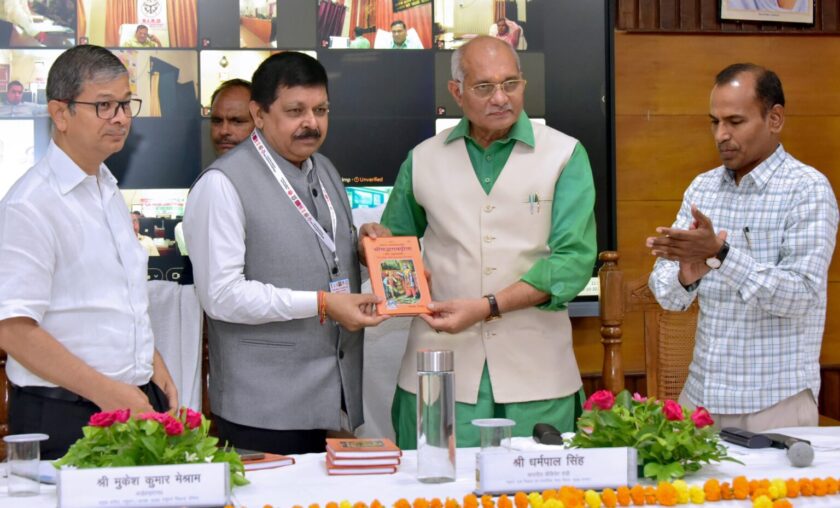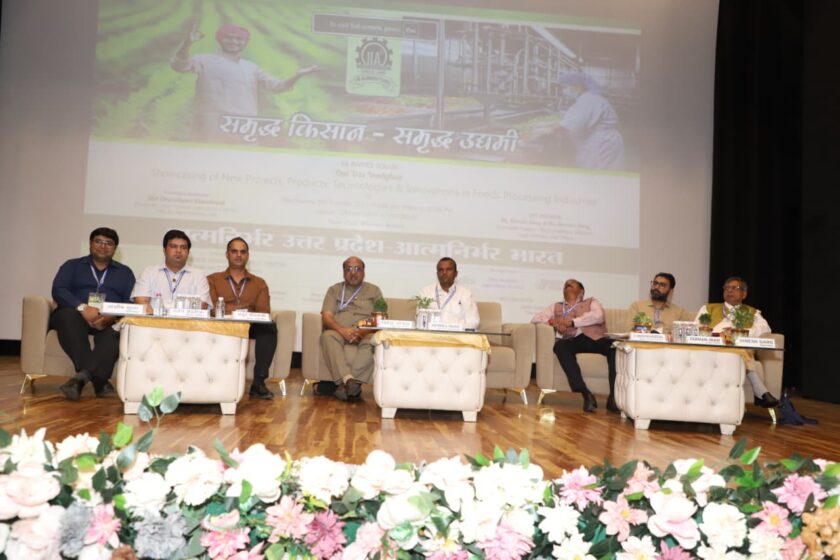Lucknow : In a landmark step towards ecological preservation and cultural heritage, the Yogi Adityanath-led Uttar Pradesh government has declared 28 species of trees aged over 100 years as Heritage Trees under the state’s Heritage Tree Adoption Scheme. The initiative aims to protect 948 such trees across all 75 districts of the state.
In an official statement released Monday, the government revealed that cities like Varanasi (99), Prayagraj (53), Hardoi (37), Ghazipur (35), and Unnao (34) house the highest number of these ancient trees. The Uttar Pradesh State Biodiversity Board has identified these trees located primarily in non-forest, community land areas.
28 Species Declared as Heritage Trees
The declared species include culturally and ecologically significant trees such as:
Banyan (Bargad), Peepal, Mango, Neem, Tamarind, Arjun, Jamun, Shami, Karel, Kusum, Sheesham, Mahua, Imli, Haldu, Semal, Mahogany, Pakad, and Adansonia, among others. Notably, there are 422 Peepal trees and 363 Banyan trees included under this initiative.
These trees are not just botanical treasures but also hold spiritual and historical significance, some even linked to India’s freedom movement. For instance, a Peepal tree inside the Ordnance Cloth Factory in Shahjahanpur and another known as Baba Jharkhand in Ambedkar Nagar have been preserved due to their historical relevance.

Noteworthy Inclusions
The initiative also highlights several iconic trees, such as:
- The mother trees of Dasheri and Langra mango varieties in Lucknow and Varanasi
- The ancient Imli tree at Imlitala Temple in Mathura
- The Bodhi tree in Sarnath
- The Barabanki Adansonia tree, and Pakad trees in Hapur and Sant Kabir Nagar
In Gorakhpur, the CM’s home district, 19 trees within the Gorakhnath temple complex — including Banyan and Pakad trees near the Hanuman and Kali temples and the Gaushala — have also received the heritage designation.
The government reiterated its commitment to identifying and protecting all such trees across Uttar Pradesh. This move is expected to contribute to biodiversity conservation, public awareness, and the cultural reverence of nature, offering a unique blend of environmental sustainability and heritage pride.






